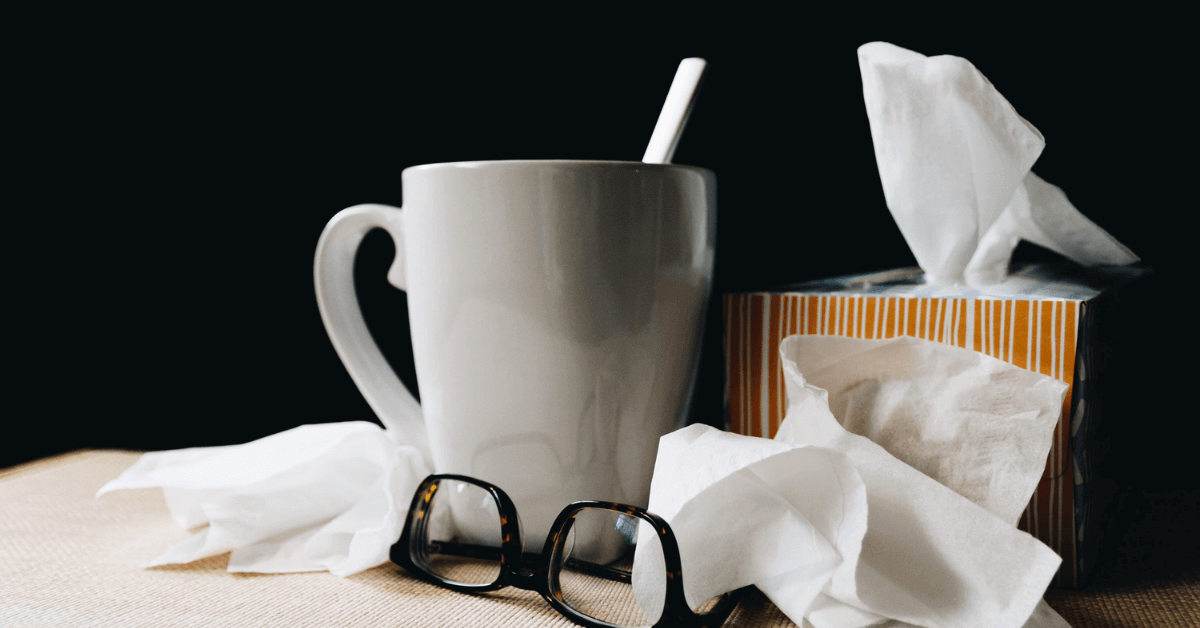
Why Are Skin Checks Important?
Approximately two in three Australians are diagnosed with skin cancer by the time they are 70, making this often-neglected part of our health too important to ignore. The skin is the largest organ in our body and is a great indicator for assessing someone’s general health. When we aren’t routinely checking our skin, we may miss the early signs of skin cancer.
If melanomas are detected and treated early, there is a 90% chance of cure. This means that regular and thorough self-checks and annual visits to your GP for skin checks are not only necessary but could be the very thing that saves you or your loved ones.
Dr Tamara Weerasinghe is a general practitioner at The Banyans Medical Centre, and she provides routine skin checks to patients, identifying any potential risks they might have. Dr Weerasinghe has over 20 years’ experience working in skin cancers and combined with her interest in mental health and counselling, she brings extensive experience in counselling skin cancer patients as a part of their overall treatment journey.
How to perform a self-check
While it’s vital to have a thorough skin check performed by a trained GP, self-checks are a useful tool for keeping an eye on our skin in between visits. This may also alert us to any changes in the skin, enabling us to note when these changes occurred, thus encouraging us to seek an expert’s opinion when concerned about any unusual changes to our body.
To perform a skin check at home, first start by finding a room with good light. Undress and stand in front of a full-length mirror. It’s crucial that you check your entire body, so using a small hand-held mirror may be helpful for areas that would otherwise be difficult to see.
Make sure to check your…
- Face and scalp. Look behind your ears, around your chin, and closely examine your face, while also feeling across your scalp (using your hand-held mirror to assist);
- Neck and shoulders. The help of a partner may be useful at this point as well;
- Your arms and armpits. Front and back;
- Hands. Front and back (don’t forget between your fingers and under your fingernails);
- Legs. Front and back; and
- Toes and the soles of your feet.
Throughout this self-check process, you’re looking out for any new moles, moles that may have increased in size or changed colour, spots that have changed colour, unusual outlines around moles, moles that are itchy or tingly, or moles that bleed. These could be a sign of potential skin cancer, such as melanoma.
Contrary to what many people think, one of the most dangerous times for skin cancer to breed is during winter. In summer, when many of us are on the beach and showing more skin, we are at risk of damaging our skin and developing skin cancer due to our constant exposure to the sun. Keeping an eye on our skin is crucial in the summer months. However, during winter, we spend our days in long-sleeved shirts, dresses, and full-length pants which means we may not notice any small shifts in our skin’s appearance. For that reason, implementing a regular self-skin check once a month can give you the insight you need to track any changes. Skin-checks can be lifesaving – it’s worth the time it takes to poke around with a mirror! This is why we encourage our patients to get annual skin checks at The Banyans Medical Centre because we want to prevent skin cancer and educate everyone about the importance of regular self-examinations.
Other things our skin can tell us
We can be evaluating our skin’s condition and wellbeing for things beyond skin cancers. Itchy skin has proven to be strongly correlated with liver disease in a German study of nearly 1,200 adults. For women who may have male-pattern facial hair and cystic acne that is resistant to traditional acne treatment, this may be a sign of Polycystic Ovarian Syndrome (PCOS). Allergies also can make themselves known through the presence of hives or other itches. Women with low thyroid are often found to have brittle hair, nails, and dry, dull, ashy skin, as well as potential thickening of the skin on their calves.
Since many of these issues can be treatable with an appropriate and strategic treatment plan, paying attention to what our skin is telling us through its changes in appearance, sensation or feeling is one way to remain attuned to our body’s ongoing development and needs.
Simple skin health practices
We’re used to washing our hair and most of us probably also invest in moisturisers and creams for obvious areas such as our face – but how else can we practice strong skin hygiene and protection?
There are plenty of hour-long skin routines that are all about glowing, plump skin, but there are some simple ways to make sure we’re protecting our skin daily.
- First up: sunscreen. Even if we’re not spending hours in the sun, sunscreen should be applied every day in order to give our skin the protection it deserves. This is an easy way to aid our skin in the fight against skin cancer caused by sun exposure.
- Exfoliating is another great way to give our skin some quick health benefits. Find a product that works for you and keep it on hand in order to eliminate clogged pores, help prevent acne, and boost circulation and lymphatic drainage.
- Another simple tipis give your skin a massage. Improve circulation, elasticity and help to prevent sagging with just a few minutes a day of careful, attentive massage. If your shoulders loves the release a quick massage brings, so does your skin as it will benefit from this kind of ongoing attention.



